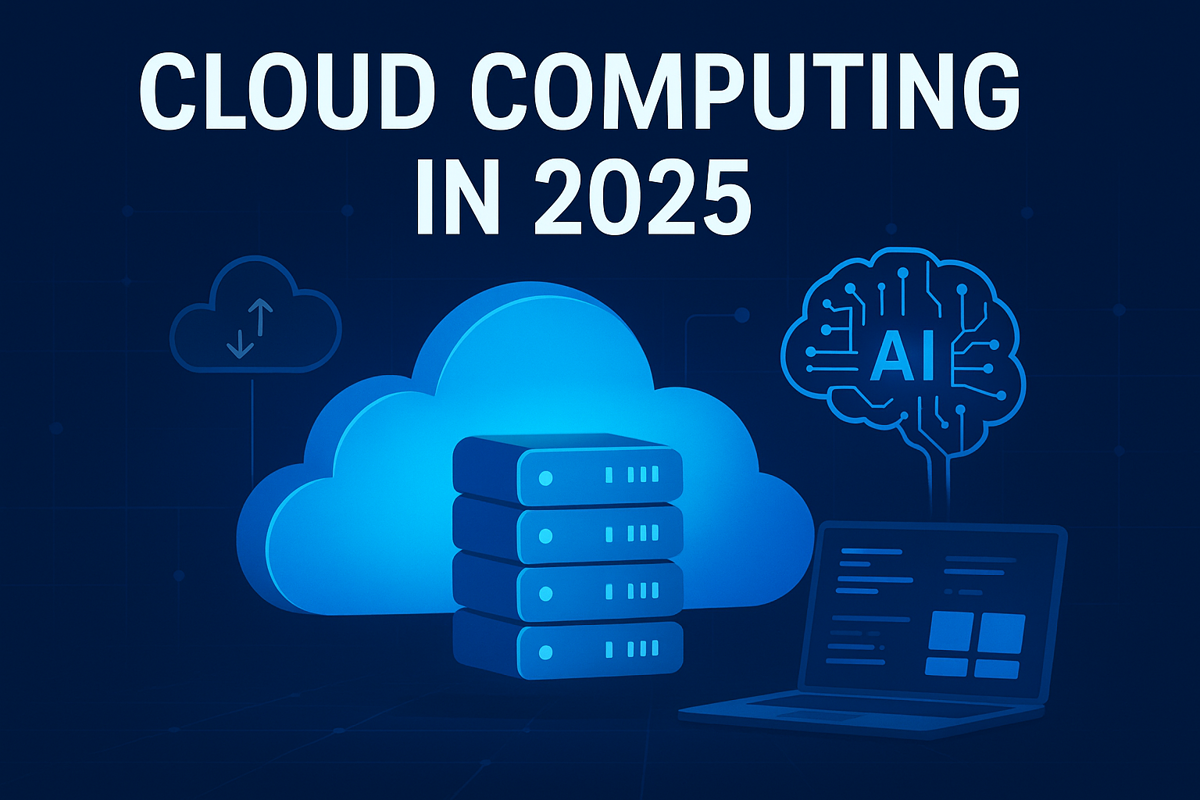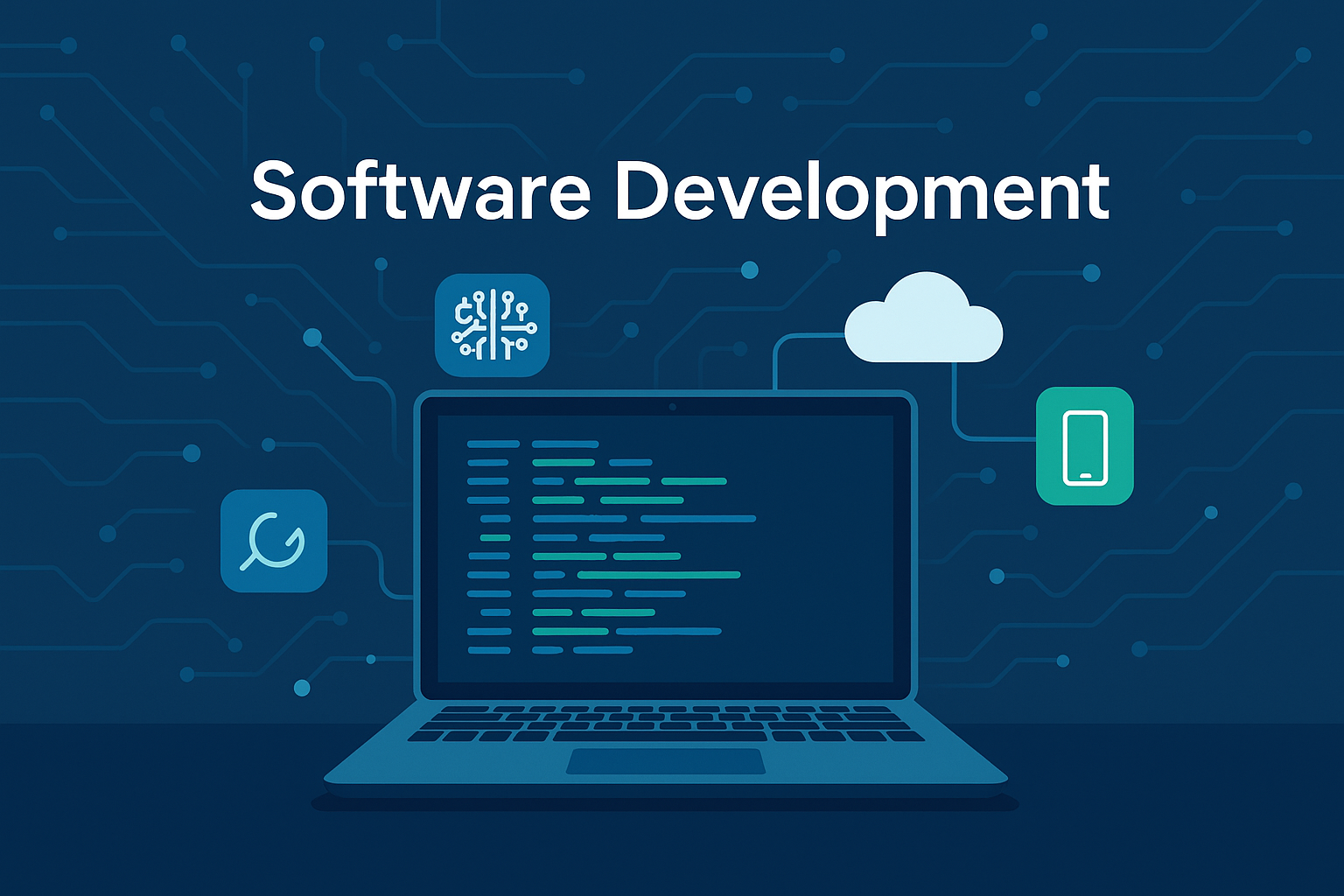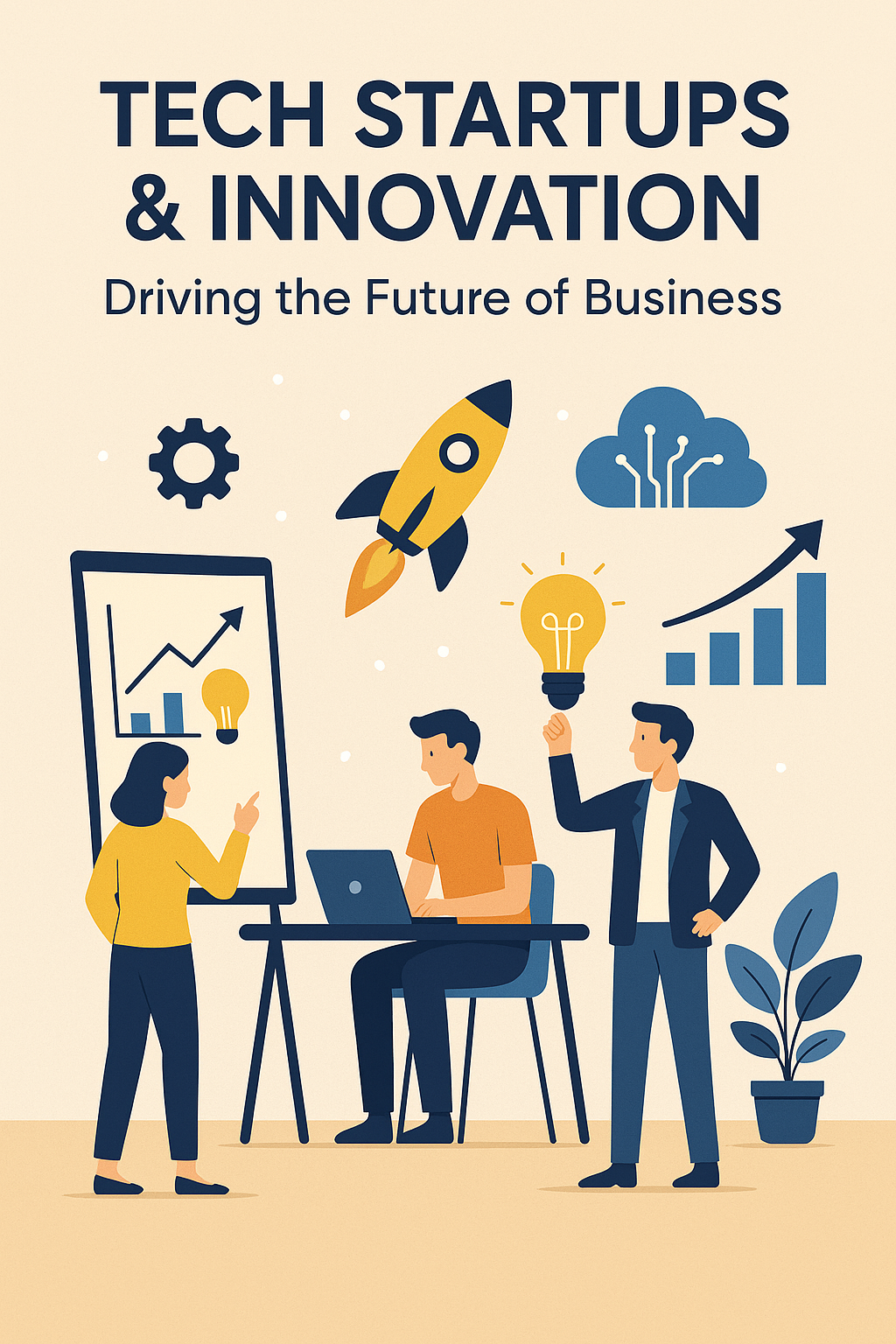
Top Cloud Computing Trends Transforming Business in 2025
Explore the emerging trends in cloud computing for 2025 that are driving innovation, boosting security, and increasing efficiency.
IntroductionCloud computing is continually reshaping how businesses function, collaborate, and grow
Introduction
Cloud computing is consistently redefining the way organizations operate, collaborate, and flourish. As we look toward 2025, we're witnessing significant developments in hybrid models, artificial intelligence integration, and sustainability initiatives. To navigate the digital landscape successfully, businesses must stay updated on these cloud trends, which are crucial for remaining competitive and resilient.
1. Rise of Hybrid and Multi-Cloud Architectures
Companies are moving away from relying on a single cloud provider. Multi-cloud and hybrid models provide flexibility, cost savings, and enhanced redundancy. This evolving trend allows businesses to prevent vendor lock-in while improving performance across various geographic locations.
Tip: Employ unified cloud management tools to effectively oversee and secure resources across platforms like AWS, Azure, and Google Cloud.
2. AI and Machine Learning Integration
AI-driven automation has become an integral part of cloud environments. From predictive analytics to self-healing systems, machine learning enables quicker and more informed decision-making.
Tip: Implement AI-based cloud monitoring solutions to enhance workload optimization and quickly detect anomalies.
3. Edge Computing Expansion
With the increasing number of IoT devices, processing data closer to the source reduces latency and improves speed. Edge computing, seamlessly integrated with cloud systems, is transforming industries such as healthcare, manufacturing, and logistics.
Tip: Combine edge and cloud solutions to achieve the ideal balance between scalability and real-time data processing.
4. Serverless Computing on the Rise
Serverless architectures allow developers to focus on coding while cloud service providers manage the infrastructure. This model reduces costs and accelerates deployment timelines.
Tip: Explore Function-as-a-Service (FaaS) options to create scalable, event-driven applications.
5. Focus on Cloud Security and Compliance
With the rise in data breaches and more stringent regulations, cloud security has become a primary concern for 2025. Strategies such as encryption, zero-trust models, and compliance automation are gaining traction.
Tip: Implement identity and access management (IAM) systems and carry out regular compliance audits.
6. Sustainability and Green Cloud Initiatives
Leading providers like AWS and Google Cloud are making significant investments in carbon-neutral infrastructures. Many organizations are now opting for green cloud solutions to align with their environmental goals.
Tip: Keep track of your cloud provider's sustainability metrics when forming long-term partnerships.
7. Industry-Specific Cloud Platforms
Vertical clouds tailored for sectors like healthcare, finance, and retail are addressing compliance and customization challenges. These specialized platforms cater to industry-specific workloads.
Tip: Research cloud platforms designed for your industry to enhance integration and compliance effectiveness.
8. Cloud Cost Optimization with FinOps
As cloud adoption grows, effective cost management becomes increasingly important. FinOps practices combine financial and operational strategies to ensure transparent budgeting.
Tip: Use automated cost optimization tools and dashboards for immediate visibility into cloud spending.
Conclusion
In 2025, cloud computing transcends simple data storage; it represents intelligence, agility, and a commitment to environmental stewardship. Organizations that adopt these trends will open innovative pathways, improve performance, and strengthen their digital ecosystems for the future. The cloud has truly become the foundation of tomorrow's interconnected world.







